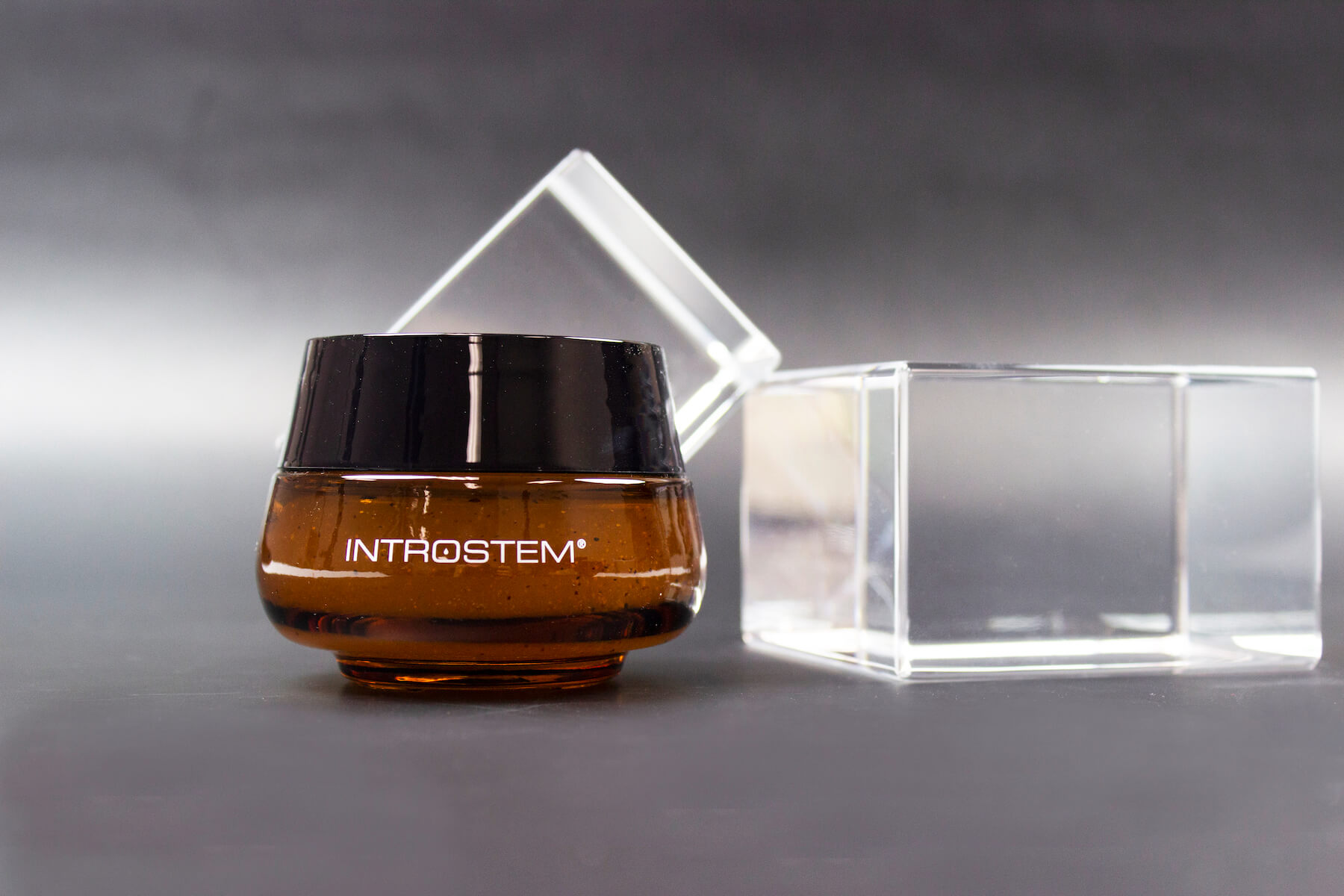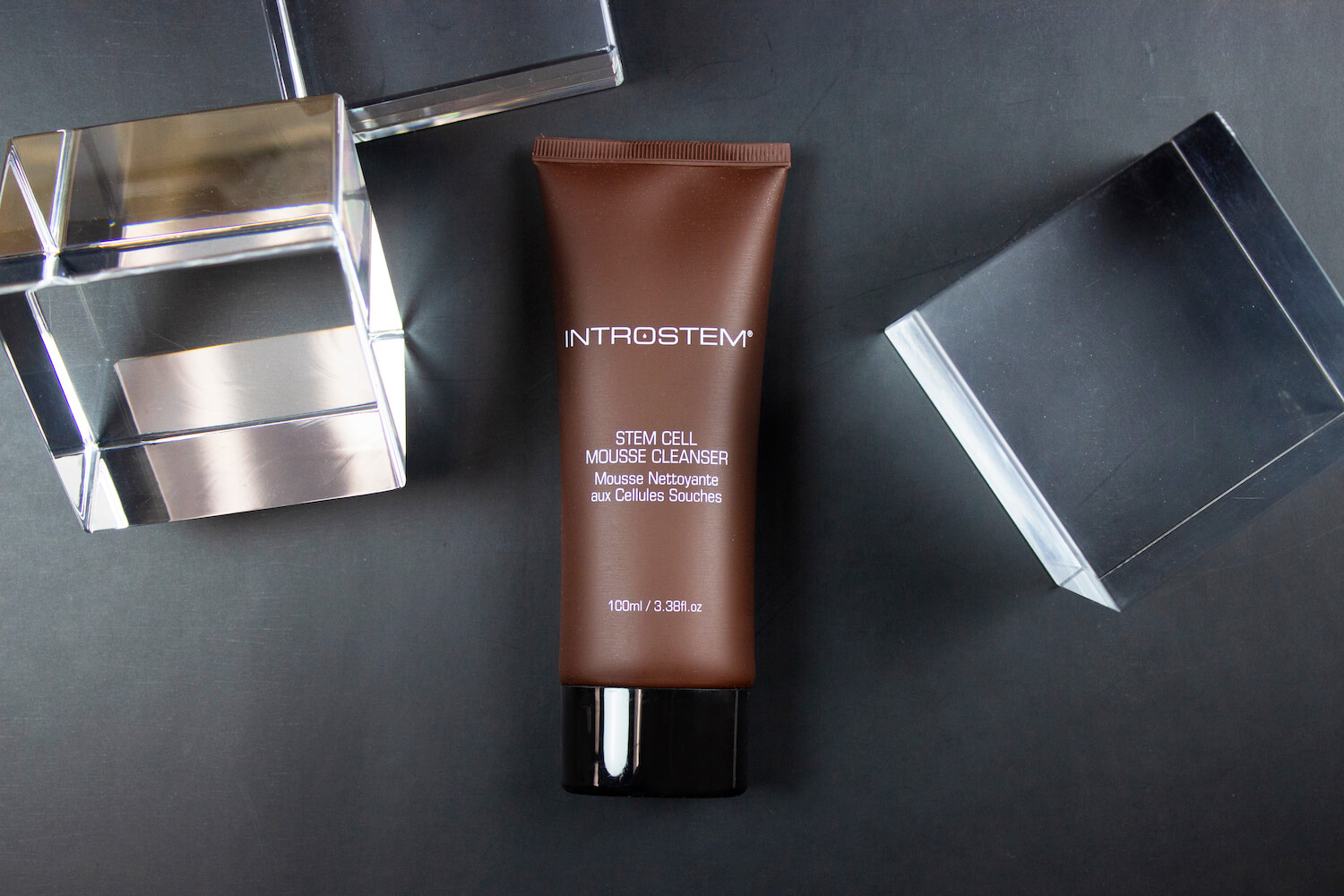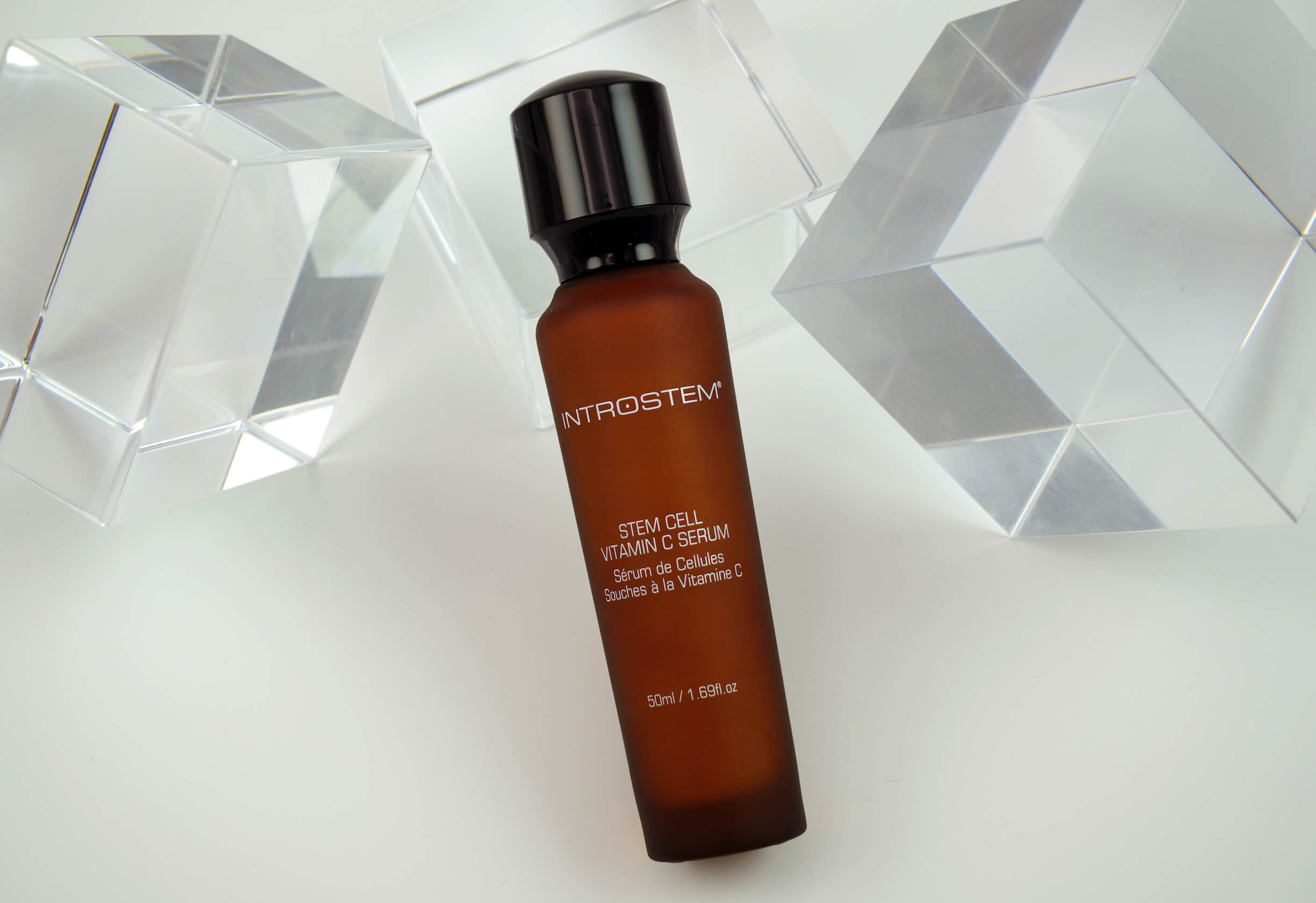Exfoliation is an essential part of keeping your skin looking healthy. Sure, when you’re young, your skin pretty much exfoliates itself. However, once you’re past your teenage years, these processes begin to slow down, which is why exfoliation needs to be an integral part of your skincare routine.
While exfoliation may seem simple enough, there’s a little more to it than just rubbing your face with a scrub whenever you happen to remember. Instead, if you want to reap all of the rewards that exfoliation offers, you’ll need to spend some time perfecting your technique. How? Read on as Introstem shares the secrets behind perfect exfoliation.
But First, What Exactly is Exfoliation and Why Should You Do it?
Exfoliation is a skincare technique that involves removing dead skin cells and excess sebum from the outer layer of the skin and from pore openings. These impurities build up over time and if they aren’t regularly cleared away, they can cause a number of skin problems.
On the other hand, if you regularly exfoliate your skin, here are a few of the benefits that you can expect to experience:
- Skin that looks brighter and more radiant
- A reduction in the appearance of fine lines and wrinkles
- Pores will look smaller and lighter, and will be less likely to clog. This also prevents the appearance of acne breakouts
- Skin will feel smoother and softer
- Dark spots and discoloration will look lighter, with your skin tone taking on a more even finish
- Your skin will feel prepped and more receptive to the rest of your skincare routine
Finding the Perfect Exfoliator for Your Skin
Where many people stumble is in finding the right exfoliator for their skin. With so many exfoliators out there to choose from, this may seem simple, but all of those choices can actually make life more difficult!
When it comes down to it, exfoliators can be categorized as either:
- Mechanical exfoliators – these mechanically exfoliate the skin with an abrasive substance. This physically dislodges dead skin cells from the skin’s surface, allowing them to be washed away
- Chemical exfoliators – these make use of acids, either alpha-hydroxy acids or beta-hydroxy acids. They dissolve the glue-like link that keeps dead cells attached to the skin’s surface. Once this happens, they’re able to fall away
Which one is best? Most people start off with scrubs, which are mechanical exfoliators. This is simply down to the fact that they’re so easy to use and people tend to start exfoliating when they’re in their teens, when acids aren’t usually needed.
However, as you age and your skin becomes more fragile, many of the purely mechanical exfoliators out there are notorious for scratching and tearing the skin. They usually contain ingredients that are overly sharp and abrasive. As you can imagine, this isn’t great for long-term usage.
One option is to switch to a chemical exfoliator but if you’re unfamiliar with all of the different acids available, this could be dangerous for your skin too.
What’s the solution? We decided to create the perfect middle ground:
The Introstem Stem Cell Facial Peeling

Meet the Introstem Stem Cell Facial Peeling. It’s a unique formula in that it exfoliates both mechanically and chemically. Bamboo powder, which is a very soft abrasive, physically sloughs away dead skin cells while mandelic acid, which is a gentle alpha-hydroxy acid, chemically exfoliates the skin.
What makes this product even more special is that exfoliating isn’t all that it does. Like many other Introstem products, this one is a multi-tasker. In addition to exfoliating your skin, it’s also packed with vitamins, antioxidants, and botanical extracts. These will enhance all of the benefits that we mentioned above. From brightening the look of your skin to soothing the appearance of acne to reducing the look of skin aging, this exfoliator has been designed to give your skin all that it needs to glow, plus so much more!
Knowing How Often to Exfoliate
With some skincare products, it’s easy to know how often to use them. Cleansers and moisturizers, for example, should be used twice a day. With exfoliation, however, things get a little trickier…
How often you exfoliate should depend on your skin type. If your skin is dry, you’ll only need to exfoliate once, or maybe twice, a week. If your skin is oily, you’ll need to exfoliate more often – likely two or three times a week. Combination skin sits somewhere in between this while those with sensitive skin may only need to exfoliate every 7-10 days.
Is it really so bad to exfoliate more often than necessary?
Yes – this will lead to over-exfoliation. This is when the skin barrier ends up damaged due to all of the exfoliation you’re doing. Your skin barrier is vital when it comes to maintaining a healthy complexion but once you’ve caused it harm, a range of problems can occur. Some of the symptoms of over-exfoliation include:
- Inflammation and redness
- A burning or itching sensation in the skin
- Increased sensitivities
- Dryness and dehydration
- Increased oil production and acne breakouts
As you can see, these symptoms vary quite a bit. This makes it difficult to pinpoint over-exfoliation as the cause, especially at the beginning. As a result, people commonly continue to exfoliate after experiencing some symptoms, which only makes things worse. It can sometimes take several months for the skin to heal after it has been over-exfoliated, making this a problem worth avoiding in the first place.
Incorporating Exfoliation Into Your Skincare Routine
If you’re not already regularly exfoliating, then you’re likely wondering where exfoliation fits into a skincare routine. Here’s how to incorporate it in:
Begin by Cleansing Your Skin

People are often tempted to skip the cleanser if they’re going to be exfoliating. However, this isn’t recommended at all. Sure, an exfoliator will give your skin a mild cleanse too but if you don’t properly cleanse your skin first, your exfoliator won’t be able to work properly. Rather than immediately tackling the dead skin cells on your surface, it will first have to fight through the layer of dirt and oil that coats your skin. By the time it actually reaches your cells, a lot of the product will have been wasted and your exfoliation efforts will be largely futile.
To ensure that your skin gets adequately exfoliated, you’ll need to cleanse it first. With that said, always use a gentle cleanser if you plan on exfoliating too. As we mentioned, clearing away too much of your skin’s natural protective barrier can be extremely detrimental. It’s not just over-exfoliation that does this – using an overly powerful cleanser will do the same.
If you don’t yet have a cleanser that’s suitable for pre-exfoliation, check out the Introstem Stem Cell Mousse Cleanser. Mousse cleansers are fantastic for thoroughly cleansing the skin without damaging the skin barrier. They’re naturally very moisturizing, with this one being particularly so. Thanks to extracts from aloe vera, chamomile, lavender, and calendula, it feels wonderfully soothing. Meanwhile, argan and moringa oil provide lubrication and conditioning while grape stem cells offer up a potent dose of antioxidants.
Follow Up With Your Exfoliator
Once your skin has been cleansed, you can go ahead and exfoliate it. Pay attention to the usage instructions that come with your chosen exfoliator as they’ll all vary slightly.
With Introstem’s Stem Cell Facial Peeling, you need to start off with dry skin. So, once you’ve finished cleansing, lightly pat your skin dry with a clean towel. Then, scoop out a small amount of the gel-like exfoliator from the jar and spread this over your skin. Use your fingertips to gently massage it into your skin in circular motions. Do this for about 30 seconds or so before rinsing the exfoliator off with warm water.
Immediately Continue With the Rest of Your Skincare Routine

One of the most important rules of exfoliation to follow is to never leave your skin bare immediately after exfoliating it. Why? Because even if you’ve used a very gentle exfoliator, your skin barrier will still be feeling vulnerable post-exfoliation. This means that dehydration, sensitivities, and more can take their toll unless you cover your skin up.
This is where the rest of your skincare routine comes in. If you have a few minutes to spare, now would be the time to really pamper your skin. After all, as we mentioned earlier, your skincare products will work so much more effectively on freshly exfoliated skin. Now would be a great time to apply any products containing active ingredients.
One product that works beautifully post-exfoliation is the Introstem Stem Cell Vitamin C Serum. This formula is loaded with antioxidants. In addition to boasting two forms of vitamin C, it also contains vitamin A, vitamin E, and grape stem cells. At the same time, oils from jojoba, avocado, olive, and coconut will moisturize your skin to keep it looking smooth and soft.
Once you’ve applied a serum, follow up with a moisturizer. This will create a seal over the surface of your skin. Not only will it trap in the serum that you’ve just applied but it will also prevent moisture from evaporating away while reducing the feeling of sensitivities.
Choose your cream based on the time of day. If you’ve exfoliated in the morning, the Introstem VitisCell Facial Shield Cream SPF 30 would be a good choice. Freshly exfoliated skin is much more susceptible to sun damage, but this cream will provide protection. In the evenings, turn to a richer formula, like the Introstem Stem Cell Night Repair.
Summary
There’s no getting away from the fact that regularly exfoliating your skin is needed if you want to keep your skin looking and feeling as healthy as possible. However, exfoliating in the wrong way can make matters worse for your complexion, making it important to spend some time ensuring that you’re following all of the right techniques. The tips that we’ve shared above will put you on the right track, enabling you to exfoliate your skin to perfection to bring out its natural glow!
Click here to enhance your exfoliation efforts with more bestselling products from Introstem.



0 comments on “The Ultimate Secret to Perfect Exfoliation Revealed”